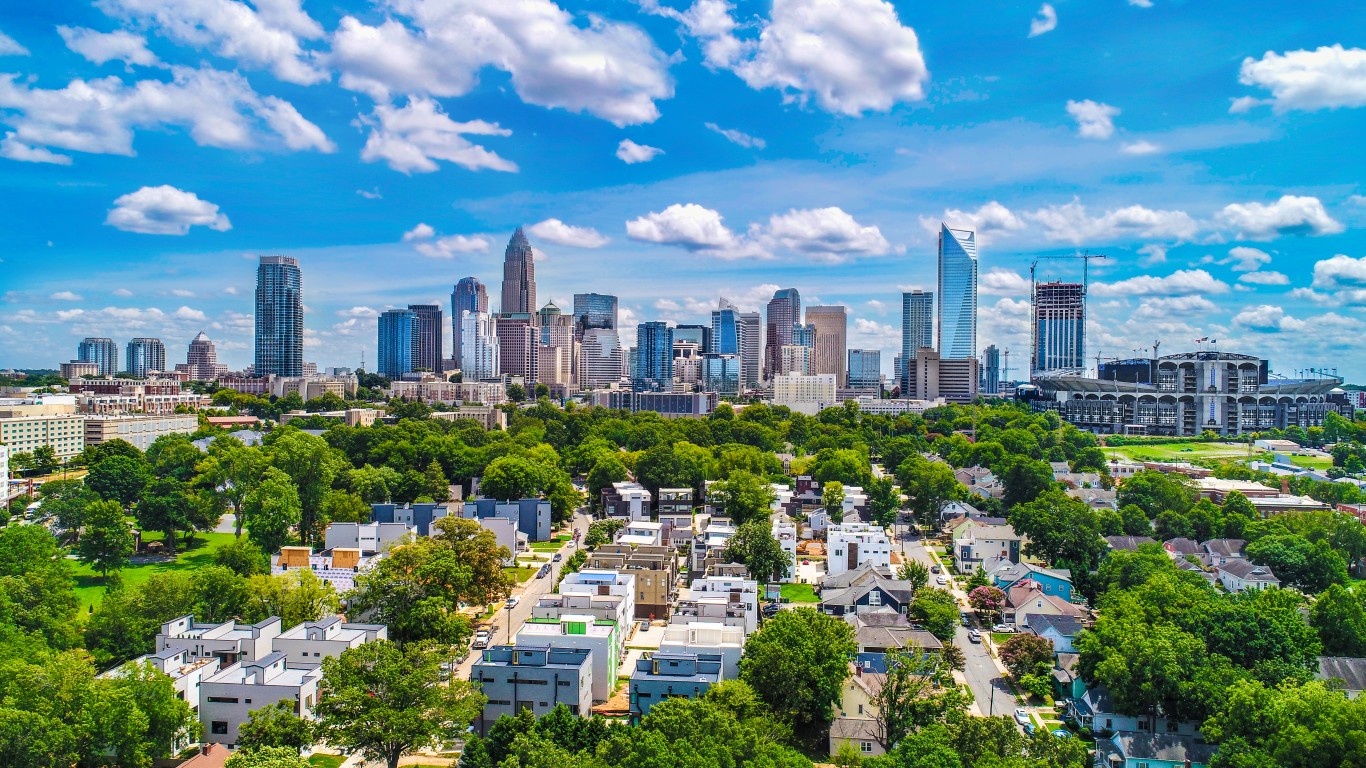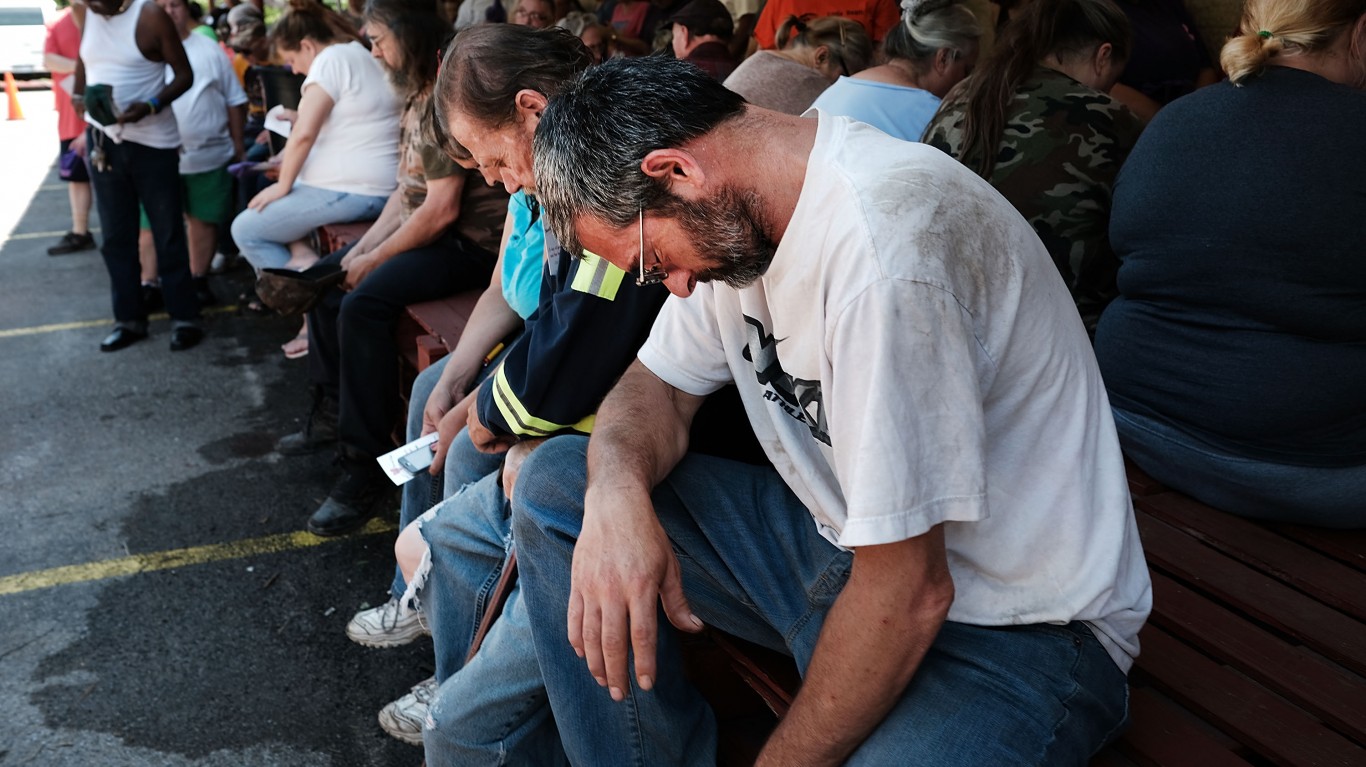
The population of the United States rose only 7.3% between 2010 and 2020, the slowest pace since the Great Depression. The slow growth was blamed on smaller families, fewer immigrants and deaths from COVID-19. The spread of population growth from state to state and city to city was substantial. A look at two decades shows an even more pronounced change among both states and metro areas.
In the shorter term, from 2010 to 2020, some of America’s old, battered cities barely grew at all. Detroit’s population rose only 2.30% to 4,392,041, which made it the 14th largest city in America. Fifty years ago, it was in the top 10. The population of St. Louis barely inched higher over the period, up only 1.17% to 2,820,253. Pittsburgh (up 0.62% to 2,370,930) and Cleveland (up 0.53% to 2,088,251) barely grew at all. Half a century ago, they were high-ranked industrial cities.
At the other end of the spectrum, several large cities posted a double-digit population increase between 2010 and 2020. These places were mostly in the southern tier of states, and perhaps a natural migration was part of the reason. Immigration may be another.
Reviewing data from the U.S. Census Bureau’s American Community Survey, 24/7 Wall St. has tracked the population change in the nation’s 50 largest cities to find the one that grew the fastest. Some very clear trends are evident: explosive growth in parts of the South and Southwest, slower growth in the North and decline in parts of the Midwest. A number of factors likely have driven these trends, including economic strength in the Sunbelt states; immigration, notably from Latin America; and varying demographic profiles, with aging baby boomers more concentrated in the North and Northeast.
We looked at the growth over two decades, which shows a picture that is less evident than the 2010 to 2020 trends.
The fastest growth came in Raleigh, North Carolina, where the population grew by 72.6% between 2000 and 2021 (to 477,476), followed by Fort Worth, Texas, with 71.9% growth (920,349) and Charlotte, North Carolina, with an increase of 60.4% (to 1,115,617).
Click here to see the population growth in all of America’s largest cities since 2000.
It’s Your Money, Your Future—Own It (sponsor)
Are you ahead, or behind on retirement? For families with more than $500,000 saved for retirement, finding a financial advisor who puts your interest first can be the difference, and today it’s easier than ever. SmartAsset’s free tool matches you with up to three fiduciary financial advisors who serve your area in minutes. Each advisor has been carefully vetted and must act in your best interests. Start your search now.
If you’ve saved and built a substantial nest egg for you and your family, don’t delay; get started right here and help your retirement dreams become a retirement reality.
Thank you for reading! Have some feedback for us?
Contact the 24/7 Wall St. editorial team.




